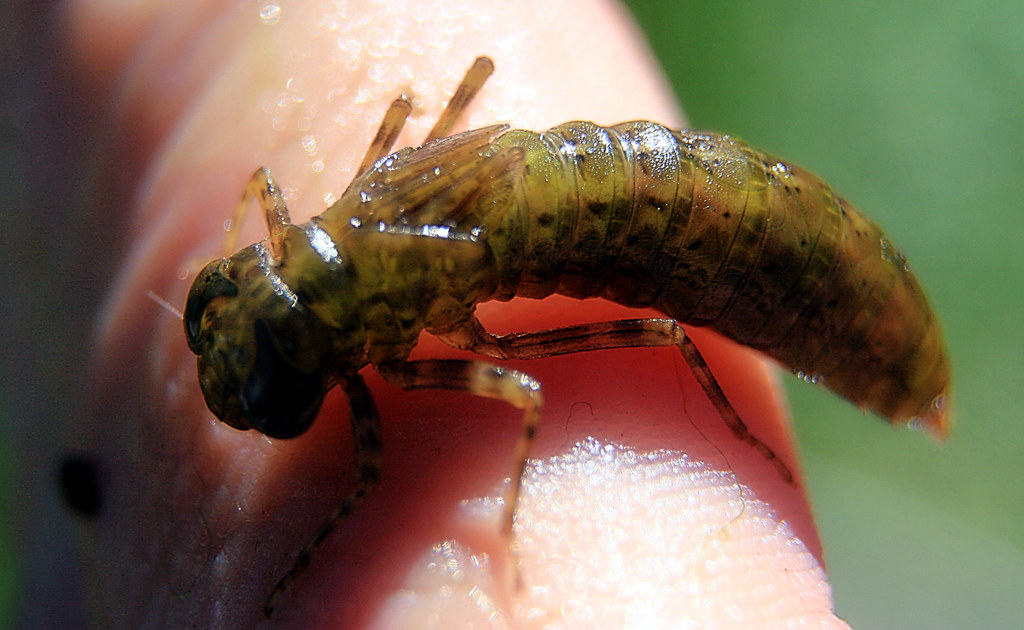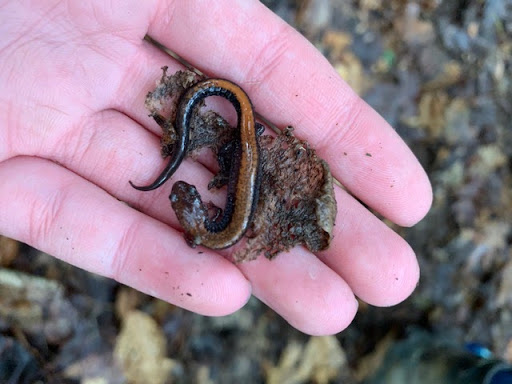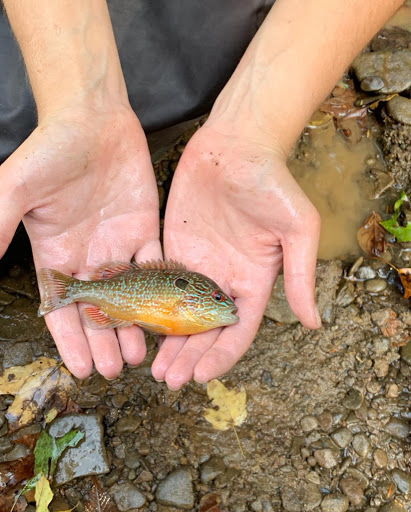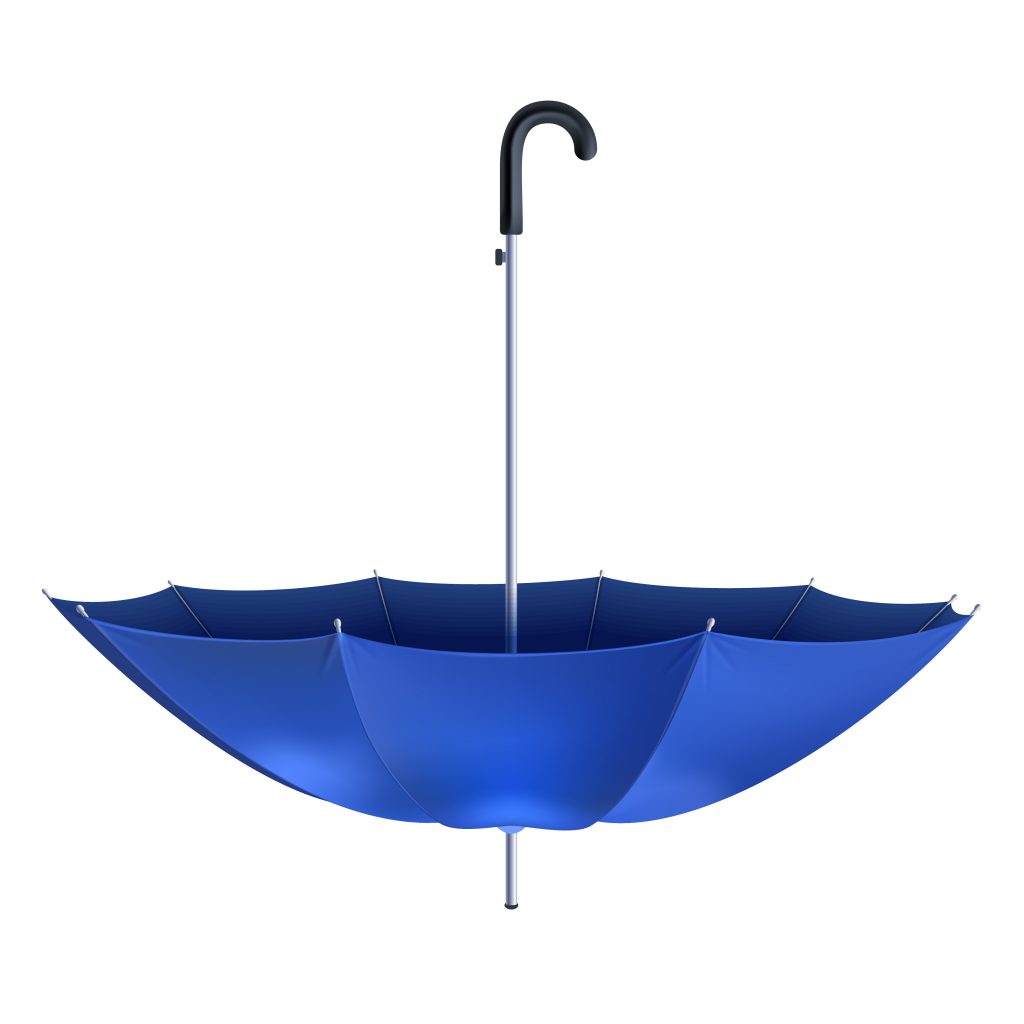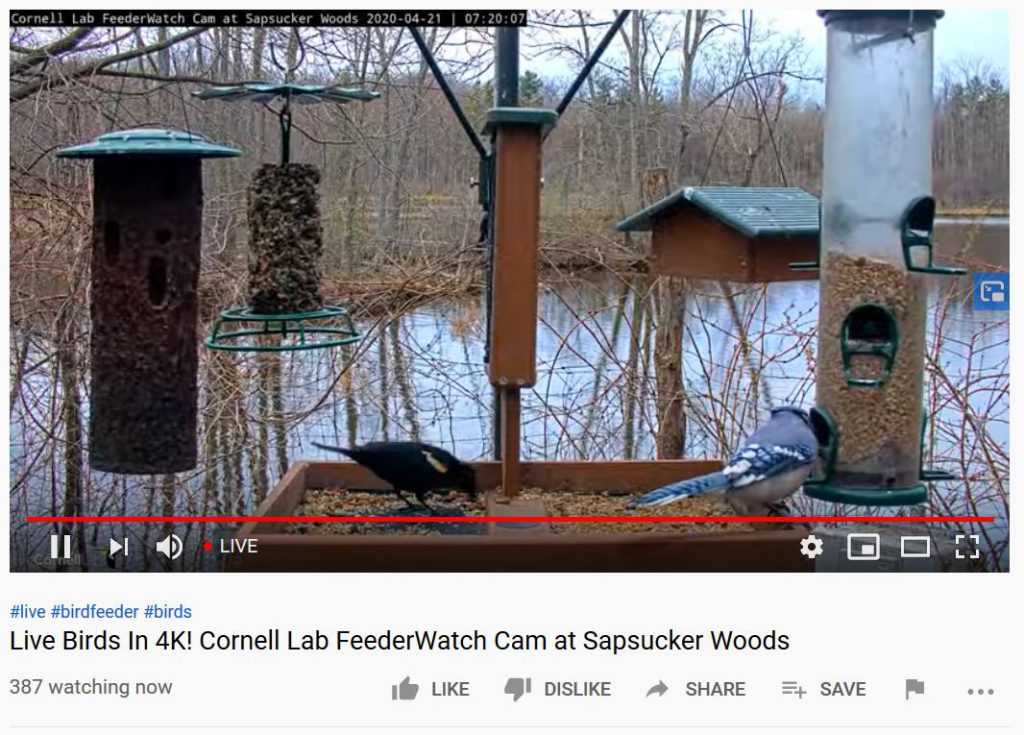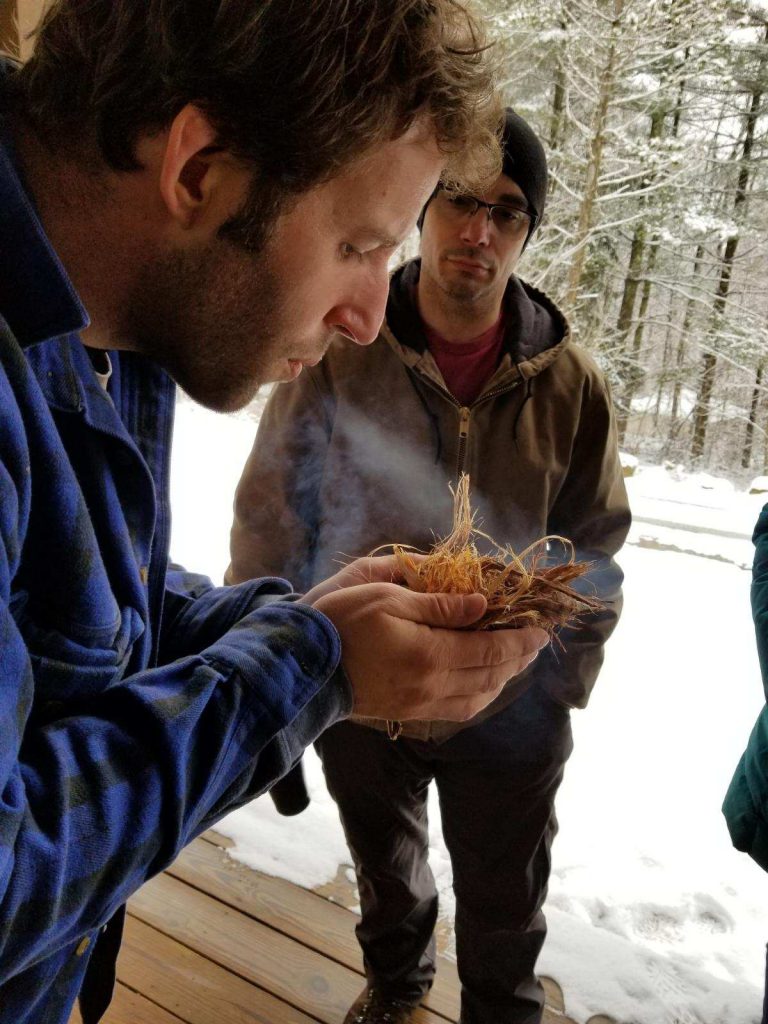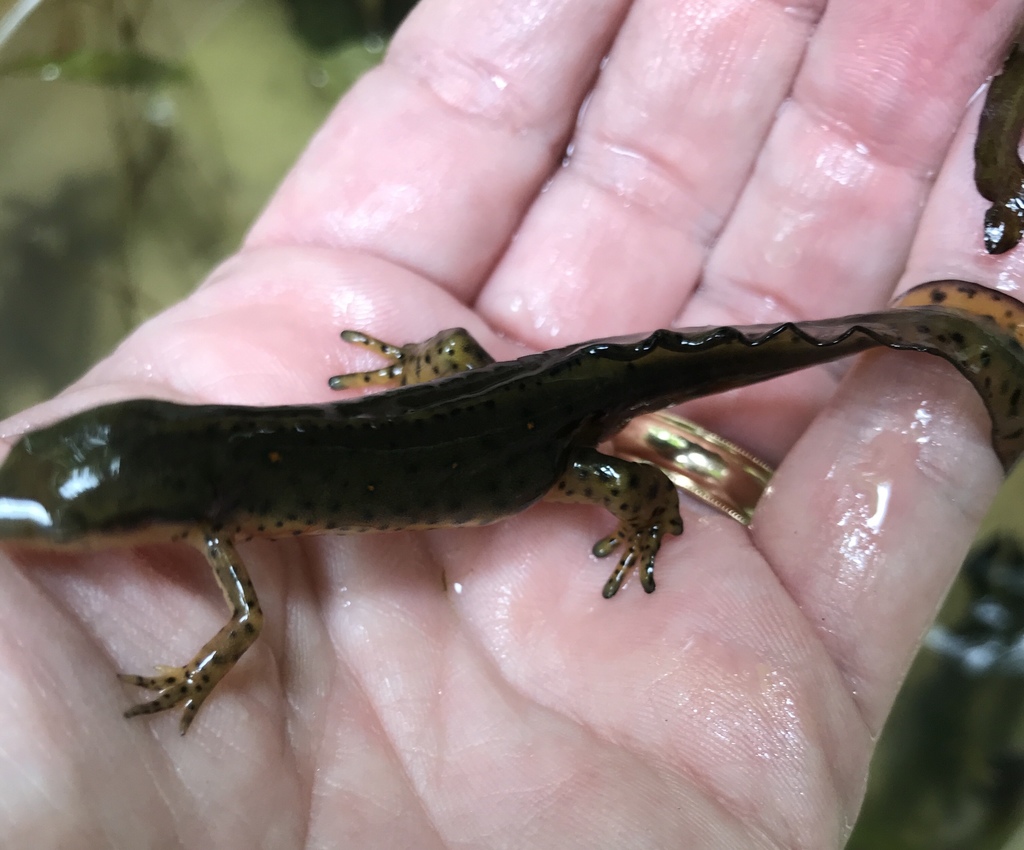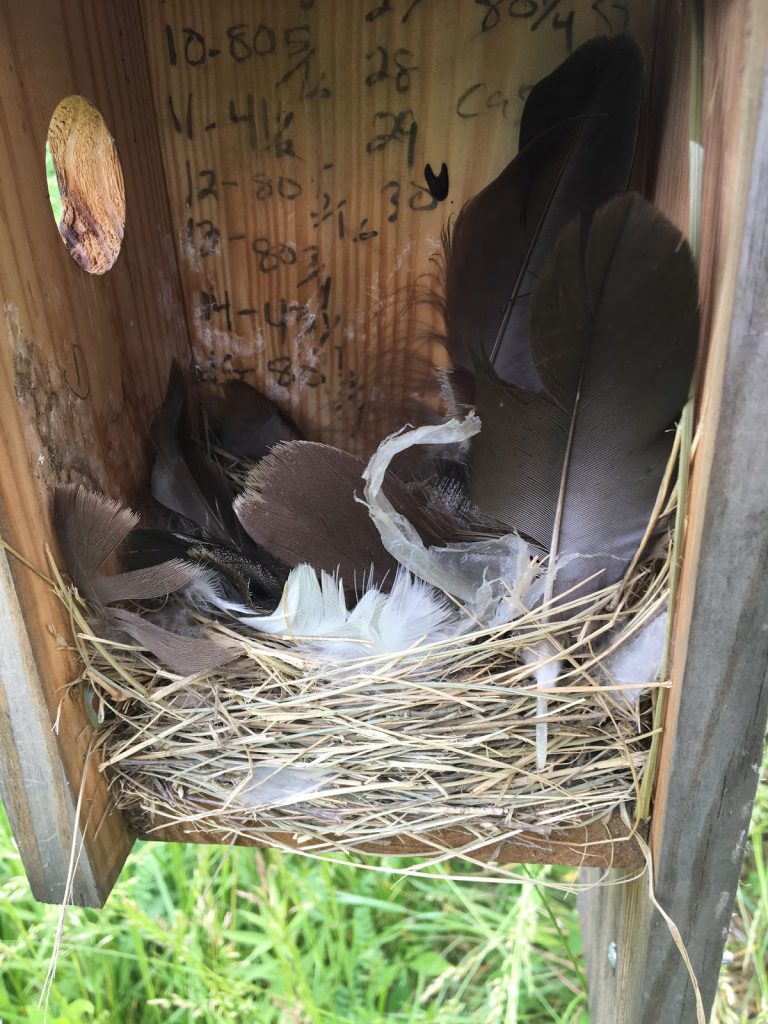
Did you go looking for birds nests after Joe wrote about them last week? We are going to looking for nests live tomorrow!
Join us via Zoom at 1:30pm on Friday
, May 1. We’ll check on bird boxes in several wetlands and forests, to see what the birds are up to. Spring is breeding season, and birds are everywhere!We will send information about what they find to Nest Watch, a research project of the Cornell Lab of Ornithology.
~~~~~~~~~~
Friday, May 1 at 1:30pm
Please register at this link: https://us02web.zoom.us/meeting/register/tZMlduusqzksH9BAad9YoG9gLFrW7XAp_Ini
~~~~~~~~~~~~~~~
You can also follow the facebook event.
Have a bird question or request for the field trip? Leave a comment!
Stay updated in our Facebook Group
We are sharing every new activity in the Southeast Ohio Young Naturalists Club facebook group. Join our group for conversation with other nature-exploring families, and to always know what environmental education activities are happening.
